Running vs cycling: we weigh up the pros and cons of both activities
We run the rule over running and cycling to find out if one has a clear edge when it comes to your health, fitness and adventures

Two feet or two wheels, that is the question. If you’re planning on upping the ante when it comes to outdoor pursuits, you might be weighing the pros and cons of running vs cycling. After all, both have amazing cardiovascular benefits, get you moving fast with the wind in your face and they can be taken off the roads and out onto the trails. So which is best? We weigh up the pros and cons of running vs cycling to find out if one has a clear edge when it comes to your health, fitness and adventures.
Running vs cycling: calories burned
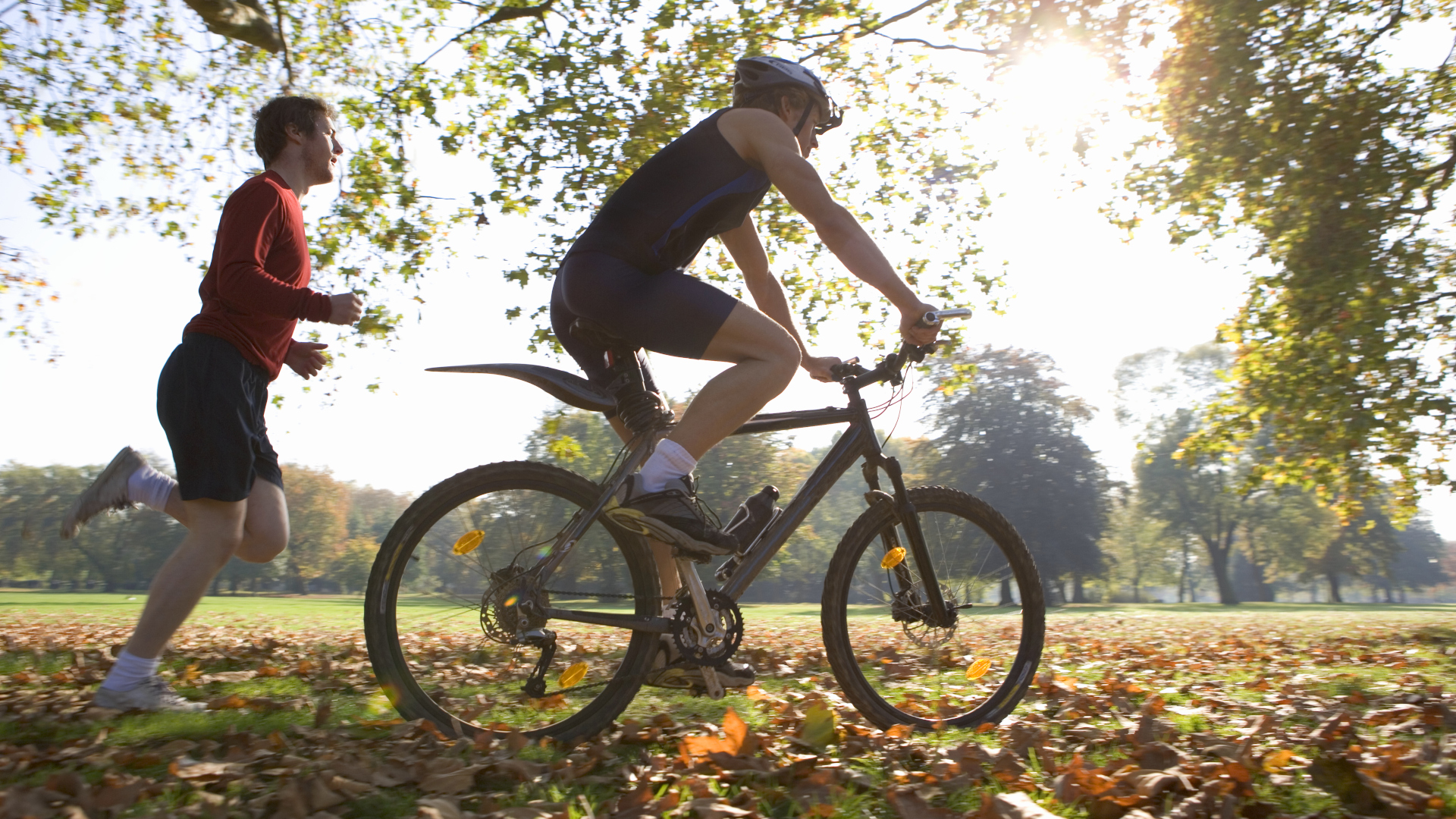
When it comes to calories burned, getting out in your best trail running shoes is usually heralded as being the better calorie burner than riding your bike, since you use more muscles when you’re doing it.
However, we did some digging on the question and found this report from Harvard Health, which shows that a 155lb person will burn 288 calories in 30 minutes whether they’re running or cycling at a slower-than-average pace. As they pick up the pace, the numbers increase fairly consistently. Once you get to running over 10mph, you’re burning only slightly fewer calories than if you were cycling at over 20mph, which may account for the assertion that running burns more calories – because if you ran at 20mph, you’d burn more calories than biking at the same speed. But let’s be honest, only Usain Bolt can run that fast and he does it for less than ten seconds, not half an hour.
As outdoorsy folk, we were more interested in the data for trail running vs mountain biking, which demonstrated pretty similar outcomes with trail running having only a nominal edge. All of this is to say, when it comes to you actually covering ground on two feet or two wheels, both are pretty excellent ways to burn calories.
Running vs cycling: weight loss

So if both activities help you burn a lot of calories, they must both help you lose weight, right? Technically yes, but that honestly depends on other factors, like calories consumed. However, you’re more likely to be able to bike longer than you can run for, so at the end of the day, you might find that you’re able to burn more calories and lose more weight per single session of cycling than running.
If weight loss is your goal, we suggest consulting a qualified nutritionist to help you make healthy changes to your diet that both support weight loss and ensure you have plenty of energy for your outdoor pursuits.
Running vs cycling: cardiovascular health

Heart disease is the leading cause of death worldwide and it’s largely preventable by leading a healthy lifestyle. Your heart is a muscular organ which is strengthened by exercise. As we explain in our article on VO2 max, as your heart gets stronger, it becomes more efficient in getting oxygen into your body, transporting it to your muscles and using it for efficient aerobic energy production.
All the latest inspiration, tips and guides to help you plan your next Advnture!
Both running and cycling are can improve VO2 max as well as lowering your risk of cardiovascular disease, and while a study by Sports Medicine seems to suggest that running has a slight edge here, we’re aware that these studies tend to focus on treadmill and stationary bike workouts, and of course we’re proponents of running and cycling on the trails which is a different kettle of fish altogether.
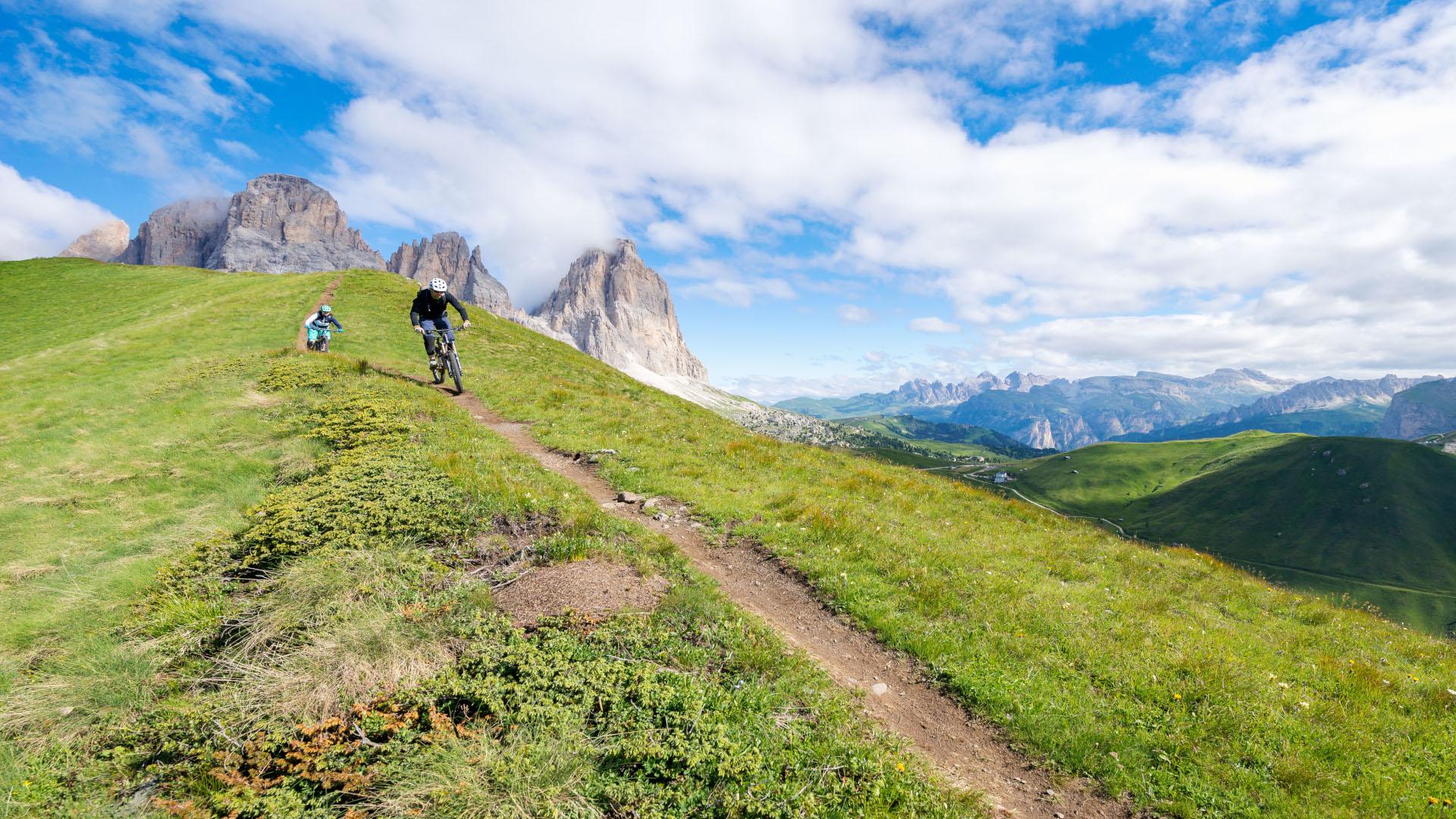
In this regard, suffice to say that both activities are aerobic and great for cardiovascular health, however a small 2012 study for the Mayo Clinic suggested that excessive intense endurance sports can damage your heart, so as with anything, moderation is key.
Running vs cycling: joint health
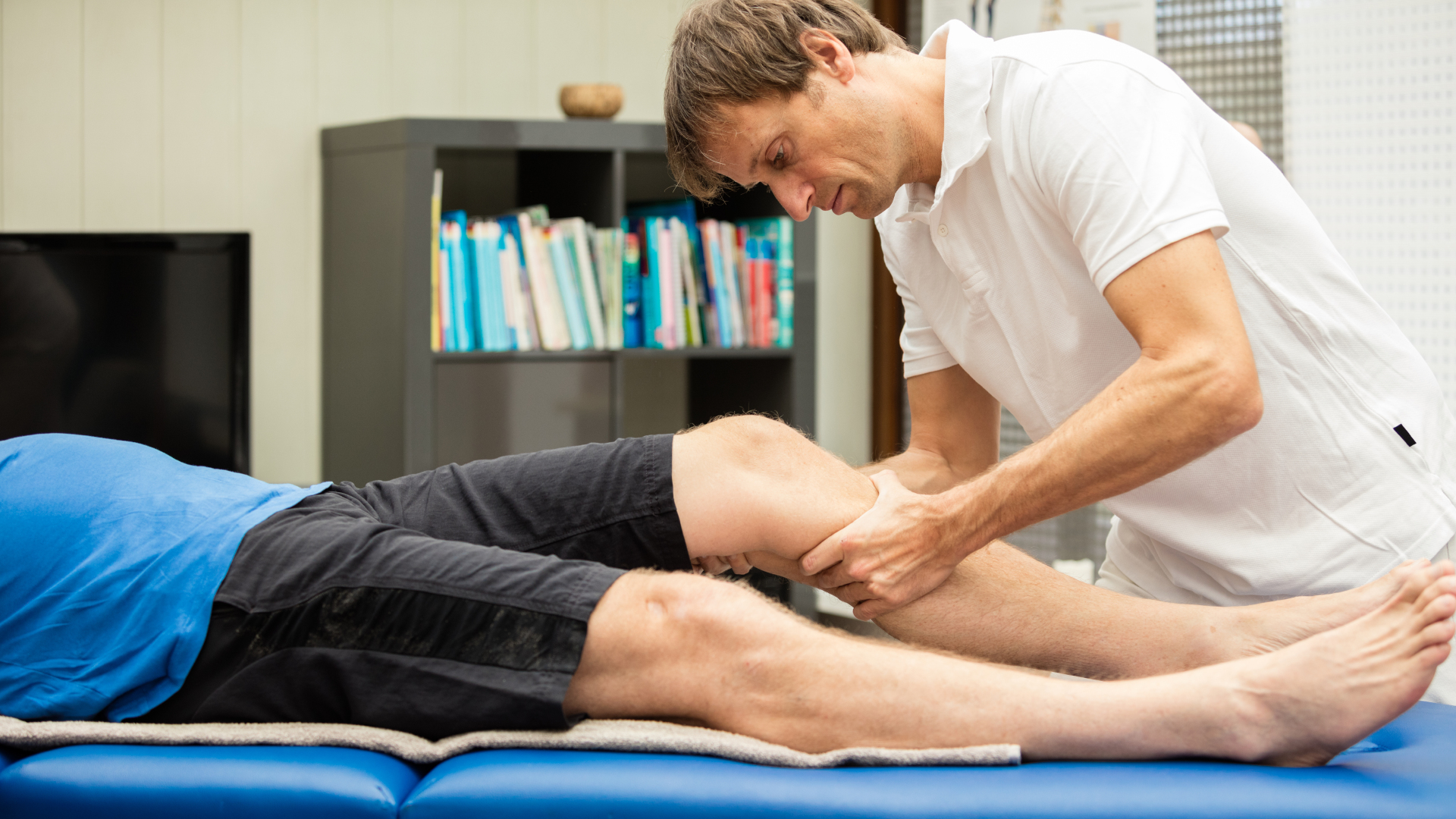
It’s no secret that running, which is a relatively high impact sport, is going to be tougher on your joints than cycling, which is low impact. Each time your foot strikes the trail, joints like your ankles, knees and hips absorb the shock, which essentially means it puts some stress on them and makes them more susceptible to injury.
In cycling, you strengthen your knees and hips without impact so purely in terms of joint health, cycling likely wins out here, but we’d be remiss if we didn’t mention that knee injuries and pain are quite common in cyclists due to overuse of the joints and poorly fitting bikes.
Running vs cycling: bone density

When we started sending humans into outer space, we learned that the loss of gravity has a deleterious effect on bone density. From this information, it made sense then that the opposite – weight-bearing activity – would increase bone density.
More recently, however, it’s been revealed that the relationship between weight bearing activity may not be as cut and dried as we once thought. That said, a study for Sport Health did find that cyclists may be at risk for low bone mass, while a study for the Journal of Exercise Rehabilitation suggests that long distance running may be correlated with higher bone mass. The ultimate outcome of course depends on how much of either activity you’re doing, and what else you’re doing along with it.
Running vs cycling: injuries
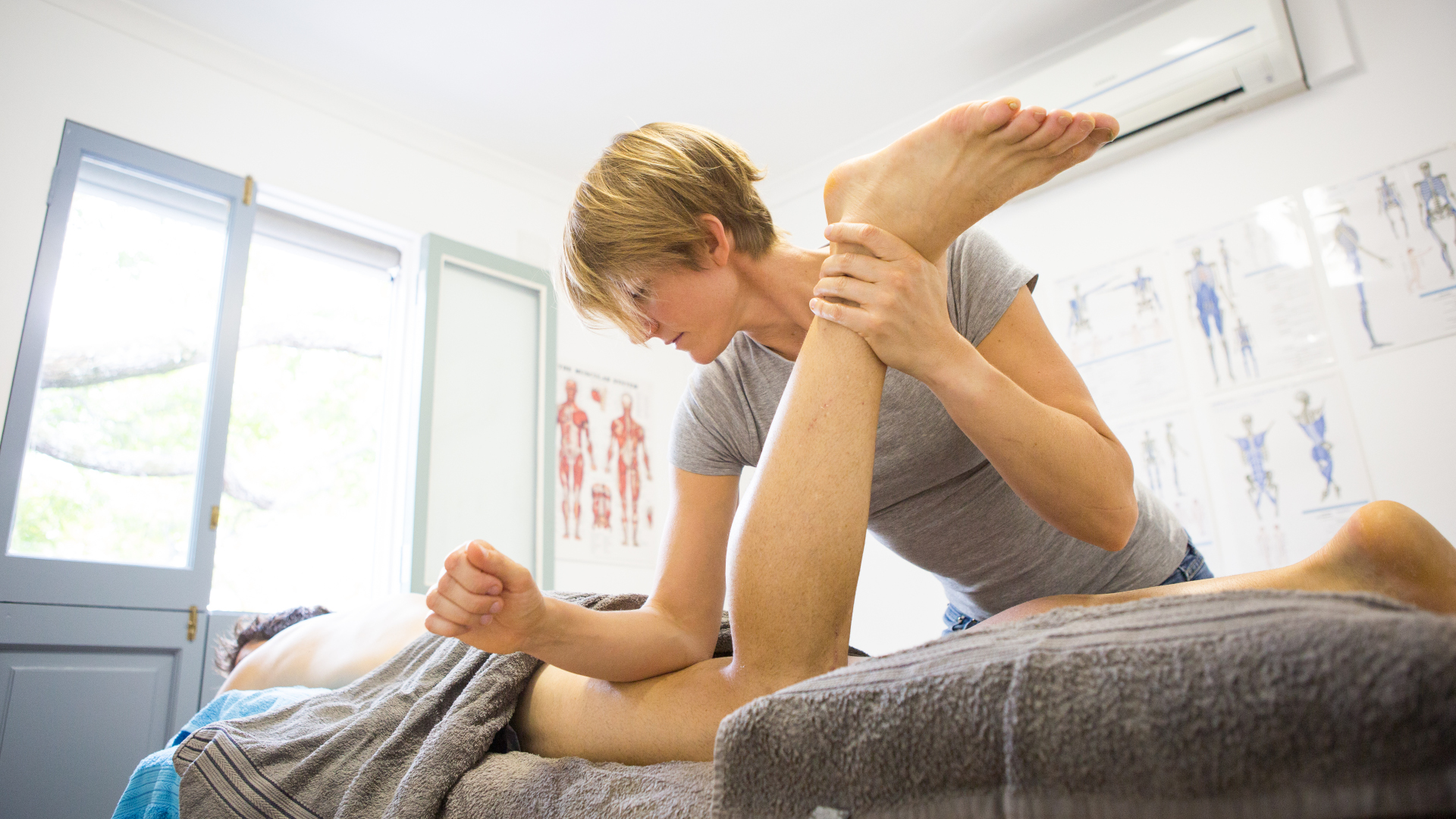
Running gets a bad rap when it comes to injuries, and according to the Cleveland Clinic, the most common running injuries are repetitive stress conditions like plantar fasciitis and achilles tendonitis.
Cycling, however, is not without its own risk. In addition to the aforementioned knee injuries caused by repetitive stress, the University of Rochester research reports common back and neck pain caused by your posture on a bike, nerve damage and then you’ve got the added risk factor of crashes and collisions that result in head injuries and broken bones.
In this category, it’s probably fair to say that if you work on your running technique and gait, you’re performing a natural human activity at a reasonably safe speed whereas cycling puts you into an unnatural position and tends to be much higher velocity. You might be prone to more frequent, smaller injuries as a runner while big bike crashes occur less often, but may be more calamitous.
Running vs cycling: gear
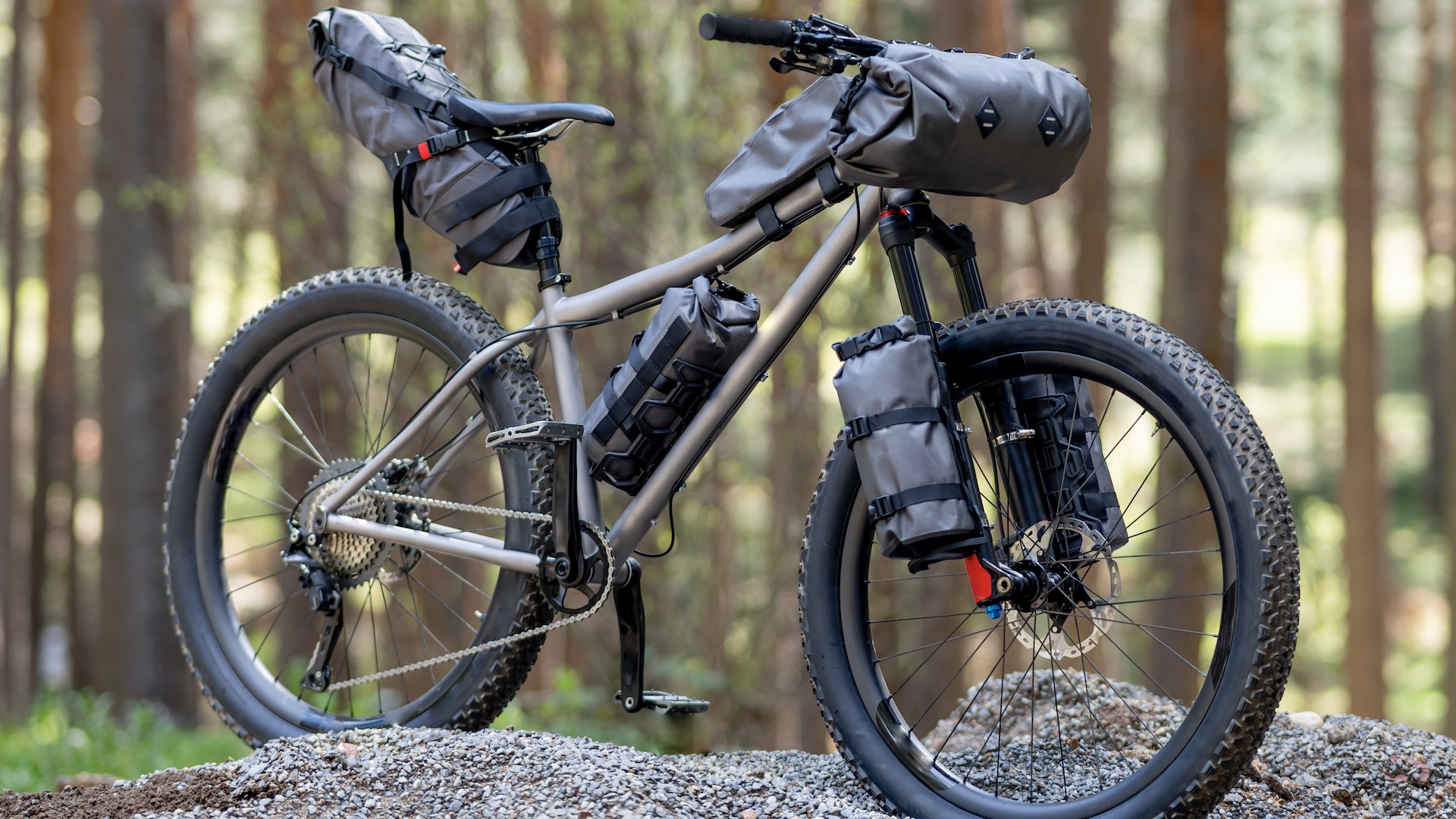
Moving on from the physical pros and cons, a big difference between running vs cycling is in how much gear is required, and therefore how much expense you’re going to accrue. All you really need for running is a good pair of trail running shoes. Though you might want to kit out with specially designed running shorts or leggings and even the best GPS watch to track your performance, those are all personal choices and it’s nearly impossible that you won’t already own some clothes that will do if you’re just getting started. In short, the investment in running is quite low for a relatively high return.
On the other end of the spectrum, cycling requires a lot of expense. You need a bike, a tire pump, spare inner tubes and portable inflators, a helmet and padded shorts. If you want to clip in, you’ll need specialized shoes and to carry your spare inner tubes you’ll either need a saddle back or a jersey with pockets. And you should definitely have high vis gear if you’re going to be anywhere near a road. Needless to say, even if you start out with a good used bike, you’re probably looking at close to a grand just to get started.
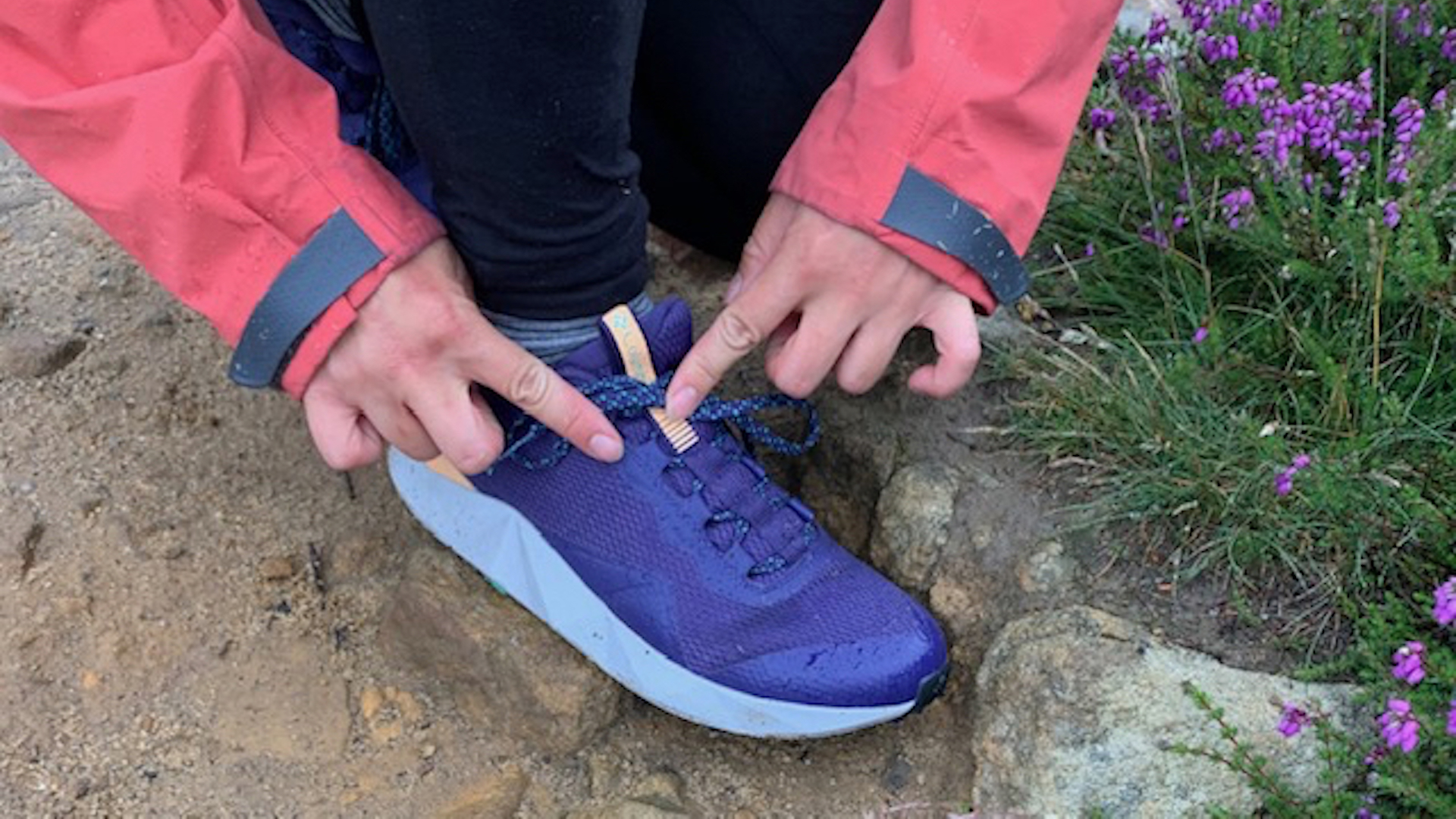
In terms of gear and its associated expense, running easily wins this round, but take care of your bike and gear and it can last you a lifetime with the occasional new set of tires, whereas as we’ve previously explained, trail running shoes need to be replaced every 300-500 miles.
Running vs cycling: weather

Another factor to consider when weighing running vs cycling is accessibility, particularly when it comes to weather conditions. Running can be done in virtually any weather you’re likely to encounter, and if you love running, you won’t let wet or cold conditions deter you and you can even don specialized Yaktrax if it’s icy underfoot.
Cycling on the other hand, is a bit more weather dependent. You don’t necessarily have to reserve it for blue sky days, but lots of rain can mean washed out trails, low visibility and having to walk your bike rather than get stuck in the mud. If you live in an especially arid climate like Colorado, you’ll also find that the trails may not have enough tack after a long drought period making them too slipper. Though you might hang your bike up come winter, or have to invest in a fat bike for snow, you can most likely find somewhere to run year-round making it the winner here.
Running vs cycling: distance

It may sound obvious, but it’s worth pointing out that you’re going to be able to cover a lot more distance on two wheels than on two feet in the same amount of time. In a larger backcountry area, you can cycle further and faster and might be able to take in 100 miles of sights in a day even at a low average speed of 15mph.
On foot, you may only be able to cover a quarter of that, so if you want to see more of the backcountry in a single trip, get on your bike.
Running vs cycling: terrain
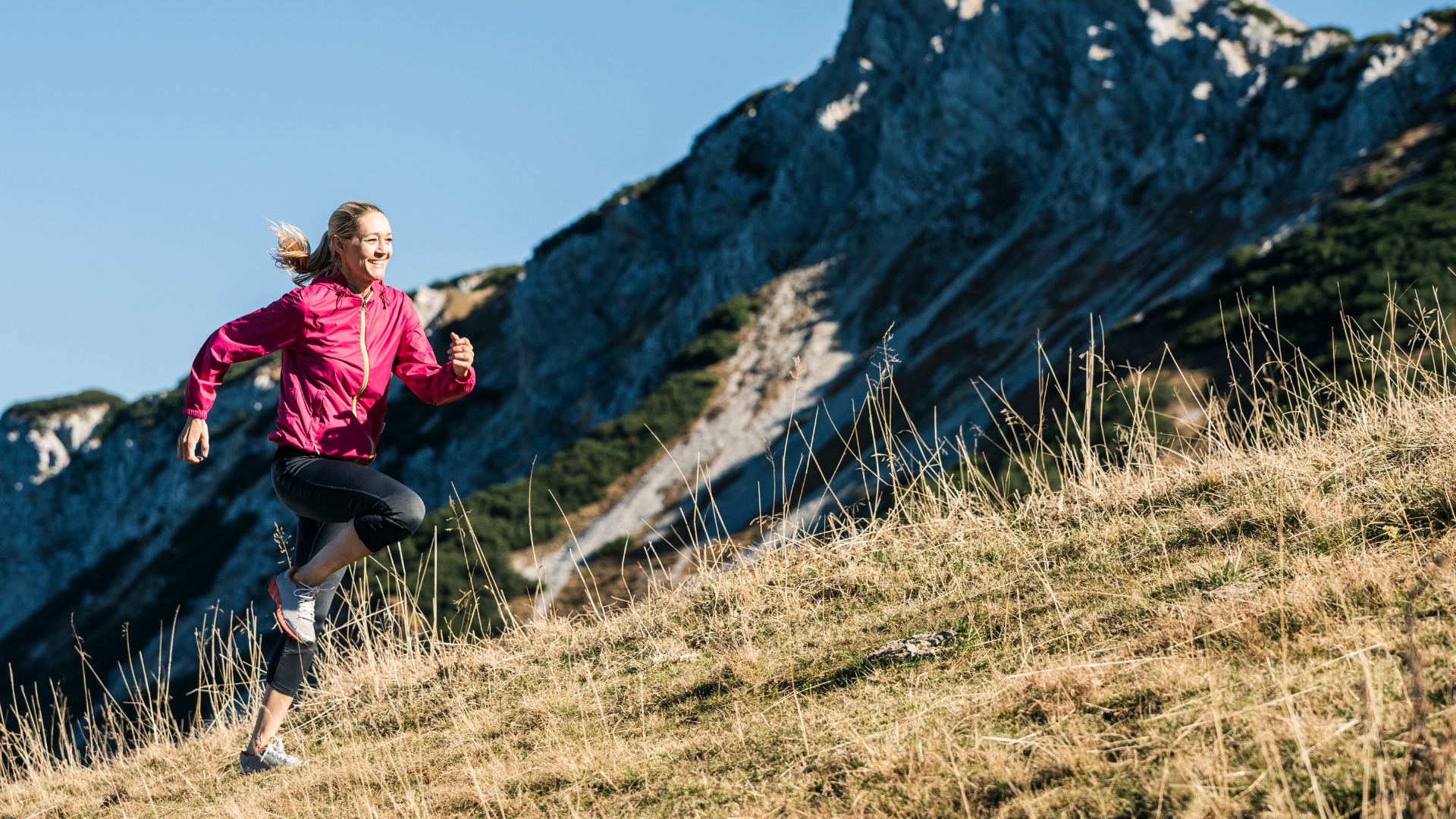
Finally comes the matter of terrain. We’ve just said that you can see more on a bike than on two feet, but that also depends on the terrain being bike friendly. Cycling does depend on existing trails that are open to bikers, and not all of them are. Beaches pose challenges for both but running is easier. Some hills are far too steep for most of us to climb on a bike, even standing up, while if you’re running you can simply slow down or hike the steep sections. Virtually all trails are open to foot traffic, and running off trail is very possible too. Overall, you can experience a greater variety of terrain running than you can cycling.
| Header Cell - Column 0 | Running | Cycling |
|---|---|---|
| Calories burned | 288/30 mins at a slower than average pace | 288/30 mins at a slower than average pace |
| Weight loss | Good for weight loss | Because you can usually bike for longer than you can run, may be better for weight loss |
| Cardiovascular health | Great for cardiovascular health, unless done in excess | Great for cardiovascular health, unless done in excess |
| Joint health | High impact | Low impact |
| Bone density | Long distance running is correlated with higher bone mass | Cyclists may be at risk for low bone mass |
| Injuries | Repetitive stress injuries like plantar fasciitis most common | Knee injuries and head injuries most common |
| Gear | All you need are trail running shoes | Plan on at least $1000 to get started |
| Weather | Can be done in virtually all conditions | Hampered by rain and snow |
| Distance | Even a long distance run might cover only 20 miles | Can cover 100 miles in a day |
| Terrain | You can run on most terrain | Beaches, steep grades and trails closed to bikers pose limitations on terrain |
Running vs cycling: the verdict
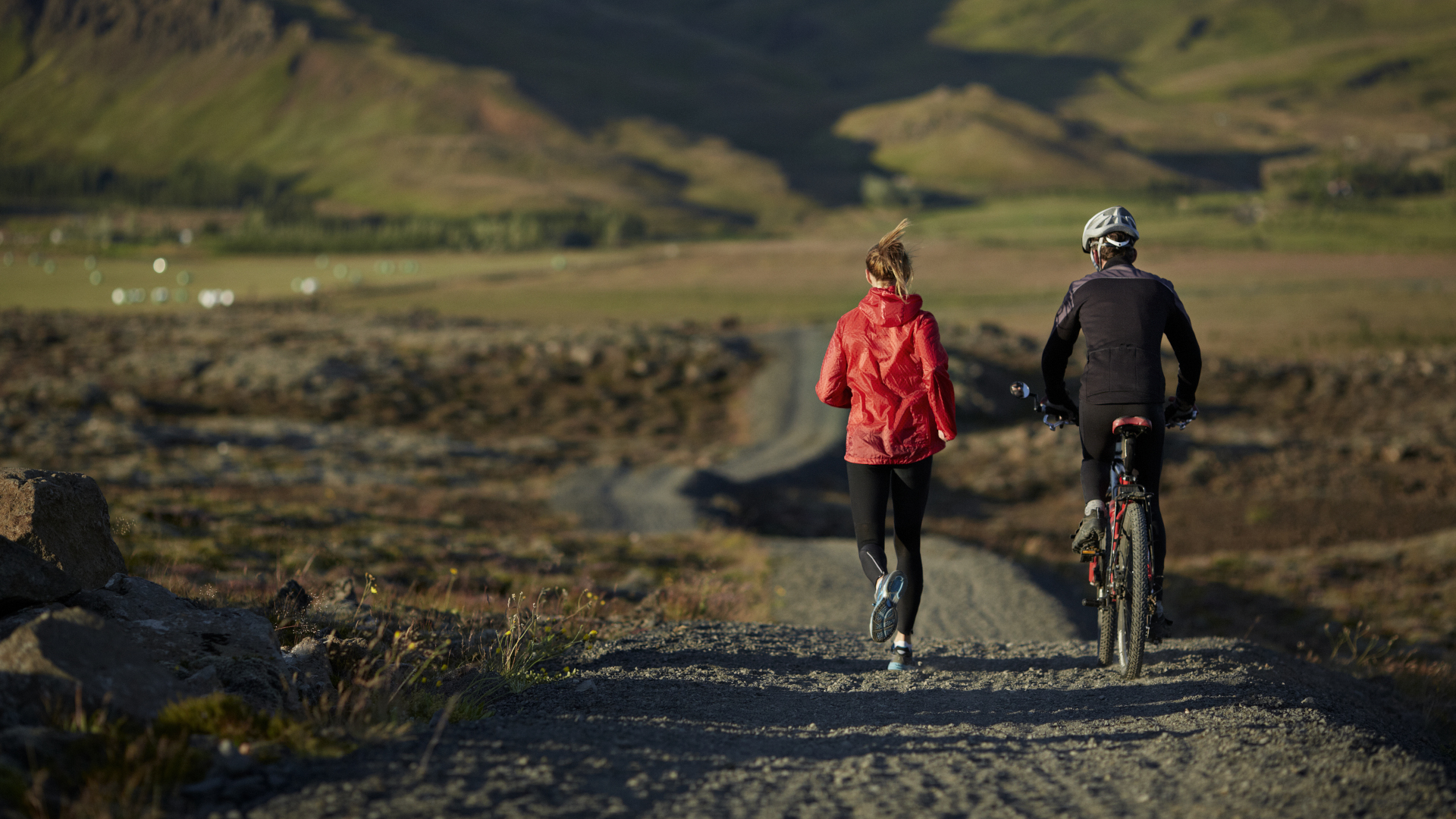
So what’s the verdict? Both running and cycling have immense, measurable physical benefits and carry some risks, while running seems to have a bit of an edge over cycling when it comes to expense, weather and terrain, but does that mean it’s better? Basically, like any subjective question, the answer lies in which activity you enjoy.
We’re big fans of mixing your activities up, so perhaps the best solution is to do a bit of both and keep things fresh. All experts seem to agree that when it comes to outdoor activity, doing some is better than none, and doing more is even better.
Julia Clarke is a staff writer for Advnture.com and the author of the book Restorative Yoga for Beginners. She loves to explore mountains on foot, bike, skis and belay and then recover on the the yoga mat. Julia graduated with a degree in journalism in 2004 and spent eight years working as a radio presenter in Kansas City, Vermont, Boston and New York City before discovering the joys of the Rocky Mountains. She then detoured west to Colorado and enjoyed 11 years teaching yoga in Vail before returning to her hometown of Glasgow, Scotland in 2020 to focus on family and writing.

